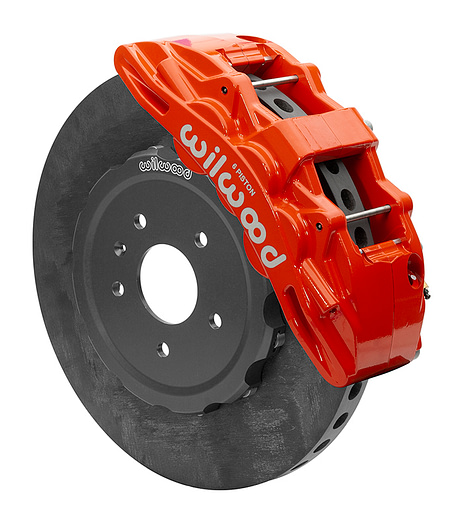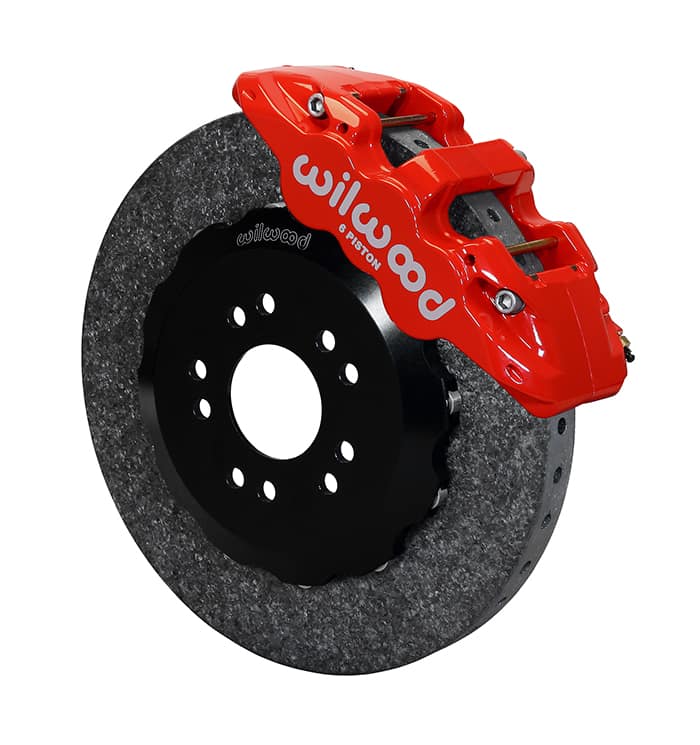SAE EURO7 REGULATION
Reference source:

The new SAE Euro 7 emissions regulations for the first time address particulate emissions caused by braking.
SAE Euro 7 vehicle-emissions regulations include a significant new sustainability wrinkle: first-ever restrictions for particulate emissions from brakes.
This element of Euro 7 has auto and commercial-vehicle brake-component suppliers scurrying – commercial vehicles are subject to their own compliance levels – as they interpret how the new regulations will impact their existing technologies and what new solutions will be required. The proposed Euro 7 regulations also address the emissions of fine microplastic particles created by tire friction on the road, but as of late Spring 2023, the EC had yet to assign permissible values for tire particulates.
A 2022 European Environment Agency report on air quality in Europe (https://www.eea.europa.eu//publications/air-quality-in-europe-2022) said that in the EU in 2020, “96% of the urban population was exposed to levels of fine particulate matter above the health-based guideline level set by the World Health Organization.” The EEA added that “exposure to concentrations of fine particulate matter above the 2021 World Health Organization guideline level resulted in 238,000 premature deaths in the EU-27.”
A widely cited 2020 study by UK-based Emissions Analytics found that tire particulate emissions can be substantially greater than particulates now emitted from ever-cleaner vehicle tailpipes. Foreshadowing, however, the potential impact of the world’s expanding share of EVs — which effectively are mandated for EU passenger vehicles starting in 2035 — was a follow-up statement the firm made in May 2022 regarding EVs in relation to tire particulate emissions: “Greater vehicle mass and [propulsion] torque delivered can lead to rapidly increasing tire particulate emissions. Half a tonne of battery weight can result in tire emissions that are almost 400 more times greater than real-world tailpipe emissions, everything else being equal.”
Brake emissions typically are sized in the PM10 range (inhalable particulate matter of 10-micron diameter or smaller; think common dust and pollen) or PM 2.5 (fine dust of 2.5 microns or smaller) band. The Euro 7 standard seeks to reduce particulate emissions by 27% — a maximum of 7 mg per kilometer until 2035. Starting in 2035, the brake-emissions limit is further reduced to 3 mg/km.
Automakers and braking suppliers are much more concerned with 2025 than 2035, said analyst Patricio Barbale, Chassis Team Lead at S&P Global Mobility. “The most important impacting factor is the timing – you have one year, one year-and-a-half, to be compliant.”
Barbale cited what he believes will be the two central strategies for Euro 7 brake-emissions compliance: vehicle electrification and friction-materials innovations.
SAE Euro 7 Electrification factor
He explained that the SAE Euro 7 rules allow for a correction factor that subjects vehicles with varying levels of electrification to different levels of permitted brake-particulate emissions – an aspect that hasn’t been explained in most broad discussions of the new SAE Euro 7 regulation. “In theory, the most important thing is that there is a correction coefficient for the type of engine in the vehicle,” he said. “If you have an electric vehicle, it is not the same as an ICE vehicle. If you have a pure electric vehicle, only 15 percent [of total emissions are] considered.”
Euro 7 offers a ladder of compliance-correction factors for brake emissions based on degrees of vehicle electrification, in effect making this portion of the regulations another inducement to transition to EVs. A pure ICE vehicle is treated under the rules on a 1:1 ratio: if its brake emissions are measured at 10 mg/km, for example, the ICE vehicle is rated by its entire output and would have to find a way to get to the 7 mg/km maximum allowed in SAE Euro 7.
An EV emitting the same 10 mg/km, on the other hand, is rated at just 0.15 of its measured output, so Euro 7 would consider its baseline brake emissions just 1.5 mg/km — well less than the 7 mg/km allowed in 2025 and even comfortably meeting the 2035 maximum of 3 mg/km. Following EVs are plug-in hybrids (PHEVs) with a correction factor of 0.3; conventional hybrids (HEVs) are corrected at 0.4 and mild hybrids at 0.6.
“Having an electric vehicle is a big advantage for this regulation,” Barbale stressed. “Of course, the complete battery electric vehicle is expensive. But if you think about a mild-hybrid vehicle that is [essentially] a traditional ICE vehicle plus a small 48-volt battery, it’s not a big addition to the vehicle – and you [are allowed] a reduction of 40 percent of the emissions.”
The generous correction factor for EVs and high-voltage HEVs is a nod to the expected high degree of regenerative braking theoretically available with those vehicles – braking that happens with zero particulate emissions because the friction brakes are not used. Bosch, a major braking-system developer, indicated that vacuum-independent [i.e. fully electric] regenerative braking systems “can decrease brake dust emission by even more than 95 percent.”
But there is a flipside: EVs are significantly heavier than their non-electrified counterparts, and their weight can cause friction brakes, when used, to work harder. One Organization for Economic Cooperation and Development (OECD) study concluded EVs will emit from 3% to 8% more brake- and tire-related PM 2.5 because of their weight.
While the conversation about EVs’ actual brake-emissions reductions will continue, expect a new generation of SAE Euro 7-inspired hybrids to quickly arrive on the scene. “One thing that will happen is that many vehicles will move from traditional ICE to mild hybrid,” Barbale believes. “We will see after 2025 more mild-hybrid vehicles than expected.”
SAE Euro 7 Materials, software solutions
Rimsa, a Barcelona, Spain-based supplier of specialty additives for several sectors, including the friction industry, cited the United Nations Economic Commission for Europe’s Particle Measurement Program group as saying contemporary foundation brake systems emit more than 10 mg/km of PM10. “To face this issue,” Rimsa said, “several strategies have been implemented. However, the most outstanding are coated rotors, the development of new friction materials and advanced brake control.”
SAE Media reached out to several brake-component suppliers for comment about the SAE Euro 7 brake-particulate regulations. Some did not respond in time for this story’s production deadlines. At least one chose not to comment publicly.
According to various media materials, braking components mega-supplier Brembo has for some time been developing innovations to address the general sustainability of braking. A focus on foundation components such as rotors and pads with revised materials to reduce particle emissions also has, in many instances, direct benefits for fuel efficiency and maintenance costs. Some of Brembo’s latest advances – in both OEM and aftermarket applications – claim reduction in brake particles.
Their Greentive (“green” and “distinctive”) brake disc employs a proprietary coating applied by a High-Velocity Oxy Fuel (HVOF) process. The Greentive discs claim new “high technical characteristics” that significantly reduce rotor wear – and the ensuant particle emissions. Brembo doesn’t quantify the reduction, but does add that the Greentive rotors’ coating “offers a high level of corrosion resistance, a feature particularly appreciated in the new generation of electric cars, where the braking system is used differently.”
Brembo also has a unique caliper design called Enesys (Energy Saving System). The Enesys-equipped caliper has a special spring engineered to retract the pads off the brake disc once the brakes are released, eliminating the brake “drag” that’s common to most disc-brake systems. The virtual elimination of brake drag, Brembo said in press material, “contributes to lowering vehicle emissions because it limits brake pad and disc wear, decreasing the brake dust generated by residual friction.”
Continental also targets brake drag with its MK C2 brake-by-wire system. The MK C2’s “architecture supports use of true zero-drag calipers, further decreasing emissions,” the company said in media material detailing the system. For brake-energy regeneration, Continental claims the MK C2 is 100% efficient. Developed jointly with the BMW Group, the MK C2 went into production with BMW in July 2022 and is used across all vehicle segments regardless of propulsion architecture.
Braking supplier ZF’s TRW brand also has a zero-drag caliper design using its low-abutment clip with active spring return. The low-abutment clip supports the roll-back function of the brake piston, ensuring that the brake pad doesn’t rest against the disc while driving, avoiding “unnecessary abrasion and reduces fine-dust emissions and fuel consumption,” claimed TRW.
Since 2019, Brembo has been involved in the Lowbrasys (low environmental impact braking system) project, a high-tech proposal that employs ceramic braking materials and filters to actively capture particulate emissions. Brembo said “Basically, braking will be controlled by software that optimizes pad and disc wear with an app that assesses driving performance in real time, reporting whether it implies excessive brake wear, and with the recovery of the dust produced, sending it to a filtering point.” Additionally, an app connected to the system assesses driving style to helps operators drive more “sustainably.”
Brake-particle reductions from such component advances alone may be sufficient to bring some new or existing vehicles into SAE Euro 7 compliance, but they likely also will be paired with hybridization to achieve the necessary cuts. S&P Global’s Barbale worries, however, that new and revised pad or disc materials aimed at low emissions may affect performance in a way that’s not satisfactory for some high-performance marques.
Meanwhile, if electrification and innovations in friction materials aren’t enough (particularly to meet the 2035 maximum), other methods already are being explored. These include “active” particulate vacuuming and filtering systems for brake particles and even the semi-enclosure of tires to facilitate the collection of their microplastic particulates.
SAE Euro 7.


